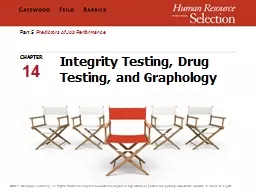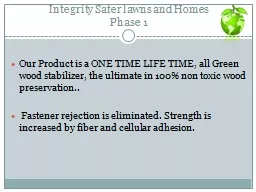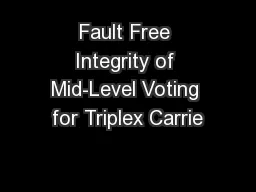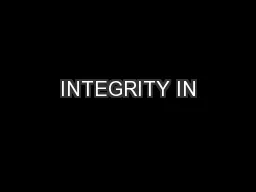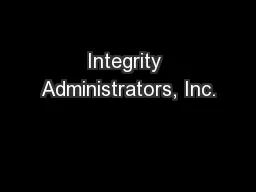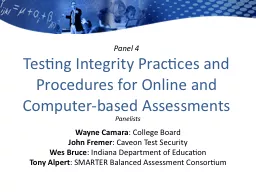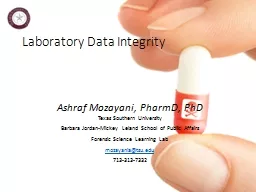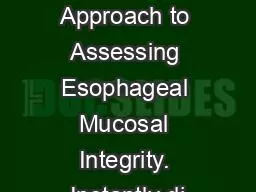PPT-Integrity Testing, Drug Testing, and Graphology
Author : conchita-marotz | Published Date : 2016-04-29
Part 5 Predictors of Job Performance CHAPTER 14 Integrity Testing Why worry about employee dishonesty Pressure to remain costcompetitive in a global marketplace
Presentation Embed Code
Download Presentation
Download Presentation The PPT/PDF document "Integrity Testing, Drug Testing, and Gra..." is the property of its rightful owner. Permission is granted to download and print the materials on this website for personal, non-commercial use only, and to display it on your personal computer provided you do not modify the materials and that you retain all copyright notices contained in the materials. By downloading content from our website, you accept the terms of this agreement.
Integrity Testing, Drug Testing, and Graphology: Transcript
Download Rules Of Document
"Integrity Testing, Drug Testing, and Graphology"The content belongs to its owner. You may download and print it for personal use, without modification, and keep all copyright notices. By downloading, you agree to these terms.
Related Documents

